Lessons in Resilience
The largest dam removal project in the world happened on the Olympic Peninsula in 2014. Since then, the salmon have returned to the Elwha river. Yet a recent visit to the area left me unsettled.
A clear-cut forest is more jarring to see than a dammed river, though both have massive impacts on the animals that rely on them. The Olympic Peninsula is home to massive old growth trees, clear-cut forests, and the largest dam removal project in human history. As I visited all three earlier this summer, I thought about how our experience of forests differs from rivers, and what this could mean for the future of habitat restoration projects.
In the Old Growth Forests
There’s nothing like hiking through the old growth forests on the Olympic Peninsula. You can’t help but crane your neck, mouth agape in awe as you struggle to see the top of the Douglas fir, Sitka Spruce, and Western Red Cedars that obscure the sky. Trunks, blackened and hallowed out from fires, make great forts for children and give a timelessness to the place. When these great trees finally fall, then never truly die; rather, they are absorbed into the landscape, first as nurse logs that nurture future generations of plants and then as small hills. The majesty of these woods brought me out to the Pacific Northwest, and they continue to inspire me.
Yet the Peninsula is also home to reminders of our destructiveness. One minute, you’re driving along the highway enjoying the scenery—snow-capped mountains, stands of old growth trees, the occasional multi-generational farm, and then—WHAM!—a clear cut (technically “managed”) field punches you in the face. Stumps dominate these areas, with the occasional piles of roots and tangled branches there to break up the monotony.
Though harder to spot, the rivers on the Olympic Peninsula also oscillate between restored and heavily managed. In fact, the largest dam removal project in human history occurred on the Elwha river. The dam removal and subsequent repopulation of the area with salmon was detailed in a chapter of Tenacious Beasts, a recent book how and why several animal populations have bucked the trend to see their populations rebound and thrive in our current era of mass extinction. This summer, I decided to see the Elwha for myself.
The Elwha Dams: A Century of Power and Displacement
At the turn of the 20th Century, steelhead and bull trout joined more than 400,000 salmon from every Pacific species (Chinook, Coho, Sockeye, Chum, and Pink) in an annual trip back up 70 miles of the Elwha River to spawn. The bounty is hard to imagine; 100 pound salmon were commonplace. These fish powered the entire ecosystem; more than 130 species relied on the salmon directly or indirectly, including black bears, cougars, eagles, deer, sea otters, and orcas. In addition, their carcasses restore nutrients to the river and the surrounding areas where they’re discarded by satiated predators.
All of this changed in 1910, when work began on the Elwha Dam, which was completed in 1913 to provide electricity to the saw mills in booming Port Angeles. One dam wasn’t enough, and in 1927, the Glines Canyon Dam was completed several miles upstream and further eroded the natural balance in the Elwha by reducing the spawning area for the salmon from 70 miles to just 5. Only 3,000 salmon per year returned by the turn of the 21st century as the ecosystem continued to break down.
The area received a lifeline from Congress in 1992 when it approved the demolition of both dams; in 2011, the Elwha came down, with the Glines Canyon Dam following in 2014. At a cost of over $300 million, it was the largest dam removal project in history.
The dam removals were just the beginning. The National Park and Lower Elwha Klallam Tribe repopulated the lake beds with hundreds of thousands of native plants, including the Douglas fir and Western Red Cedar.
I needed to see it for myself. So as part of our trip to the Olympic Peninsula this summer, my family took a detour off WA-112 and onto the aptly named Power Plant Road to allow me to explore the Lower Elwha Dam Overlook Trail. It was a short trail, and though I could hear the river, it ended with a view not of a damn but this:
The restoration of the Elwha was a massive success, but like a scenic lookout with much to see, the story was more complicated than I’d expected, and far from complete.
Post-Dam, But Not Post-Controversy
With the dams gone, the National Park Service set up a fish hatchery in 2011 to “produce chum, coho, and pink salmon, as well as steelhead” to speed up and assist the repopulation of the river. Fast forward to today and, according to the Seattle Times
More than 90% of the surveyed coho returning to their spawning grounds on the Elwha in 2012 and 2013 were tagged hatchery fish. In 2021, less than 4% of the coho were tagged, suggesting wild, naturally spawned fish are finding their way back.
[In 2022], more than 70,000 baby coho salmon hatched and headed out of Indian Creek, a tributary of the Elwha. This fall, an estimated 3,666 hatchery and 3,456 wild adult coho are expected to make their way back up the Elwha to spawn and die.
The rebound in salmon numbers is welcomed news. Earlier this year, the local Lower Elwha Klallam Tribe, Olympic National Park, and the Washington Department of Fish and Wildlife announced that salmon had recovered enough that “tribal ceremonial and subsistence fishery for coho salmon on the Elwha will open this fall.” It’d been generations since the Tribe could fish its native waters.
Yet I worry that the increase in naturally spawned fish returning to the Elwha could be a pyrrhic victory. In Tenacious Beasts, author Christopher J. Preston wrote about how the increase in naturally spawned fish might be due to the hatchery-bred salmon getting mixed into the natural population. These hatchery-raised fish are less robust and more prone to disease than their naturally spawned brethren. Over time, this inter-breeding could have the perverse effect of weakening the resilience of the entire salmon population. So while the numbers may look better now, the push to artificially speed up the repopulation of the Elwha through the hatchery program may, in the long run, imperil the entire population by making it less resilient.
For me, reading this reminded me of a problem Donella Meadows highlights: people know where to intervene in a complex system and the outcome they want, but their intervention pushes the system towards the outcome they were hoping to avoid. In the case of the Elwha, I worry that this could happen. The top line metric (salmon) is improving, even if the underlying goal (long term sustainability of the fish population) is being undercut by the rush to increase the top line metric. And even worse, the improvement in the number of fish is leading to calls to intervene in the ways we know will be harmful to the ecosystem, like logging.
And Now We Log the Elwha Watershed?
Just off Power Plant Road and near the Lower Elwha Overlook trail lies a 126 acres plot of forest that Washington Department of Natural Resources (DNR) just sold to be logged. According to the Seattle Times, “proceeds from the Power Plant sale will go to Clallam County and could help fund things like schools and fire and emergency services.” The highest bid to log those trees to date: $657,000. Peanuts in the grand scheme of State funding — but in a poor rural county in a state without an income tax, this is a substantial sum.
Port Angeles has asked the State to pause the sale until more research on its impacts was done on the impacts to salmon and the drinking water supply for the city. The plan is also being challenged in court by the Earth Law Center, Center for Whale Research, and the Keystone Species Alliance. According to the Seattle Times
The[ir] lawsuit in county court explains that the forest is in the headwaters of Colville Creek and other small tributaries of the Elwha, which are “areas critical for the recharging of groundwater to feed these streams” and central to supporting salmon and the endangered southern resident orcas that rely on them.
It alleges that the state failed to analyze the “effect of cumulative impacts of past, present, and future logging or consider alternatives that would have less of an adverse impact on the environment.”
The State of Washington counters that the sale will impact less than 1% of the Elwha watershed. As the DNR’s assistant deputy supervisor for State Uplands Duane Emmons argued, “[i]f a sale like Power Plant is contentious, then we’re just going to be importing more and more wood from outside of Washington from lands that aren’t managed as well as ours are.” In other words, if we don’t log our trees and do it in a well-managed way, wood will come from another place where the environmental impact could be even worse.
To which I ask: what does a poorly managed forest even look like? Your well-managed approach leaves a pit in my stomach. In pictures, here’s the potential before and after
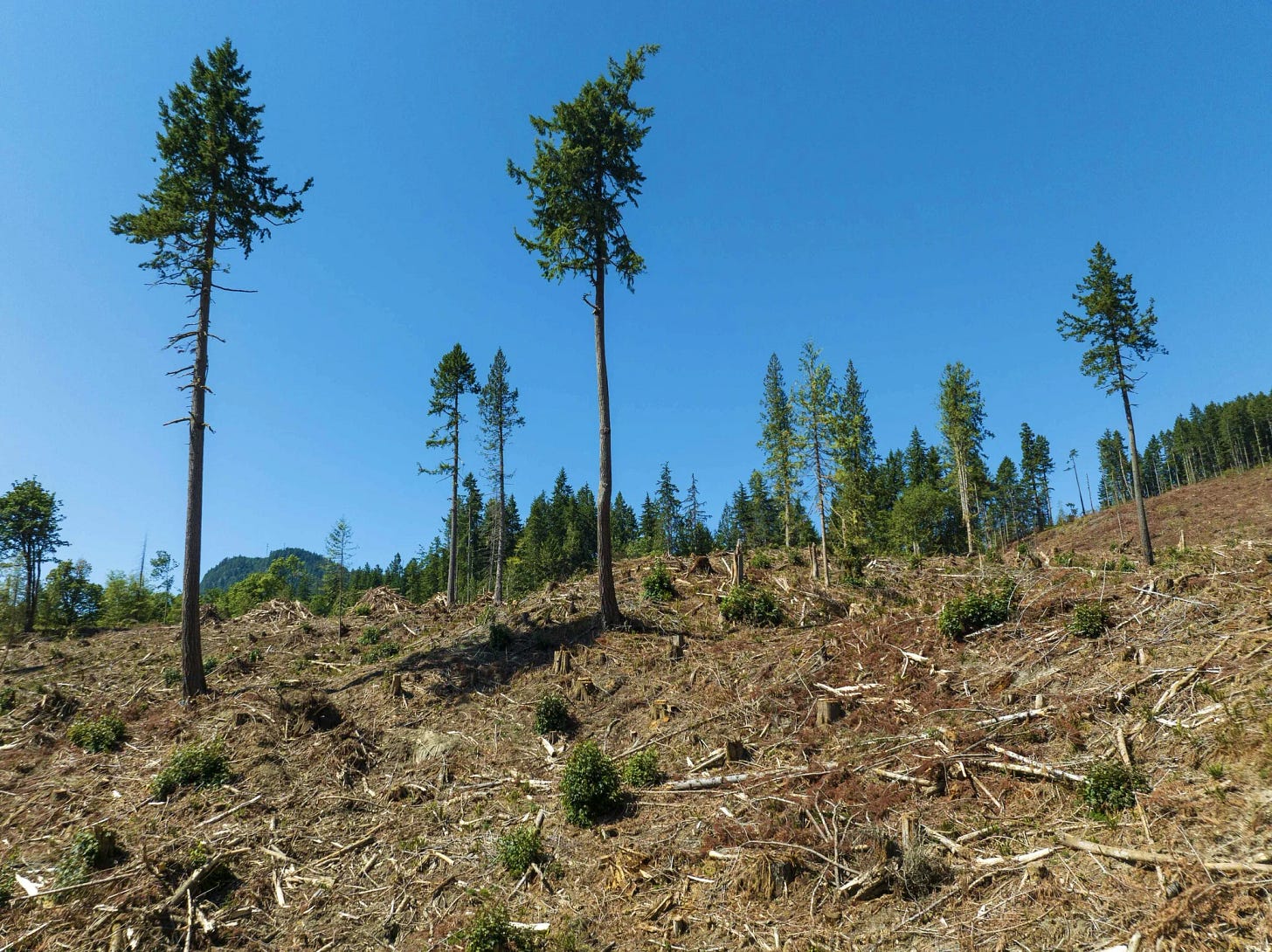
It’s Time To Rethink Our Approach
In the end, I worry more about the rivers than the forest. The majesty of old growth trees grabs you, even in pictures and video. A river, regardless of how much life it nurtures, just looks like running water to most of us. It’s hard to imagine what the estuaries once looked like, of how many more fish there should be as you skip rocks or kayak along. Yet for both, I think that what we really need is a new relationship with nature, because its currently out of balance.
Even in the wake of great successes like the removal of the Elwha dams, there are challenges. I think that’s because we view nature as something to control and manage. We log forests to stumps and dam rivers to power their mills; even when we step a reassess, we do so with a heavy touch that lacks humility, oversells our understanding of complex systems, and can come with unintended consequences.
Instead of massive actions — creating or destroying a dam, clear cutting a forest or leaving it in perpetuity — might we find a middle path that meets the needs of humans and our natural systems? I believe it’s possible.
Instead of fighting about if and what we log completely, perhaps we could look for a new way of harvesting wood that also allows natural systems and wildlife to continue thriving? There’s good news coming from Brazil, and I believe that, once we’re able to calculate all of the economic value we receive from ecosystem services, which are estimated in the tens of trillions annually, we’ll realize that logging fewer trees can increase revenue. And this doesn’t even account for revenue from forests serving as a carbon sink or, more importantly, the intrinsic value of balanced ecosystems for the specifies that rely on them and have a right to live and thrive.
Instead of hatching salmon by hand, raising them in cement enclosures, and then releasing them to mix with the naturally spawning ones, perhaps we could devote more time and resources to understanding the complex web of relationships in the area and removing the sediment that has built up behind the dams to help the salmon thrive in a way that may yield better long-term results.
Instead of reaching for control, perhaps we should channel our inner children, be less hubristic, realize that we can’t control natural systems, and seek to live in and as part of these systems.
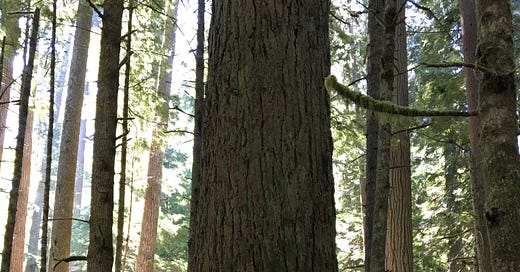



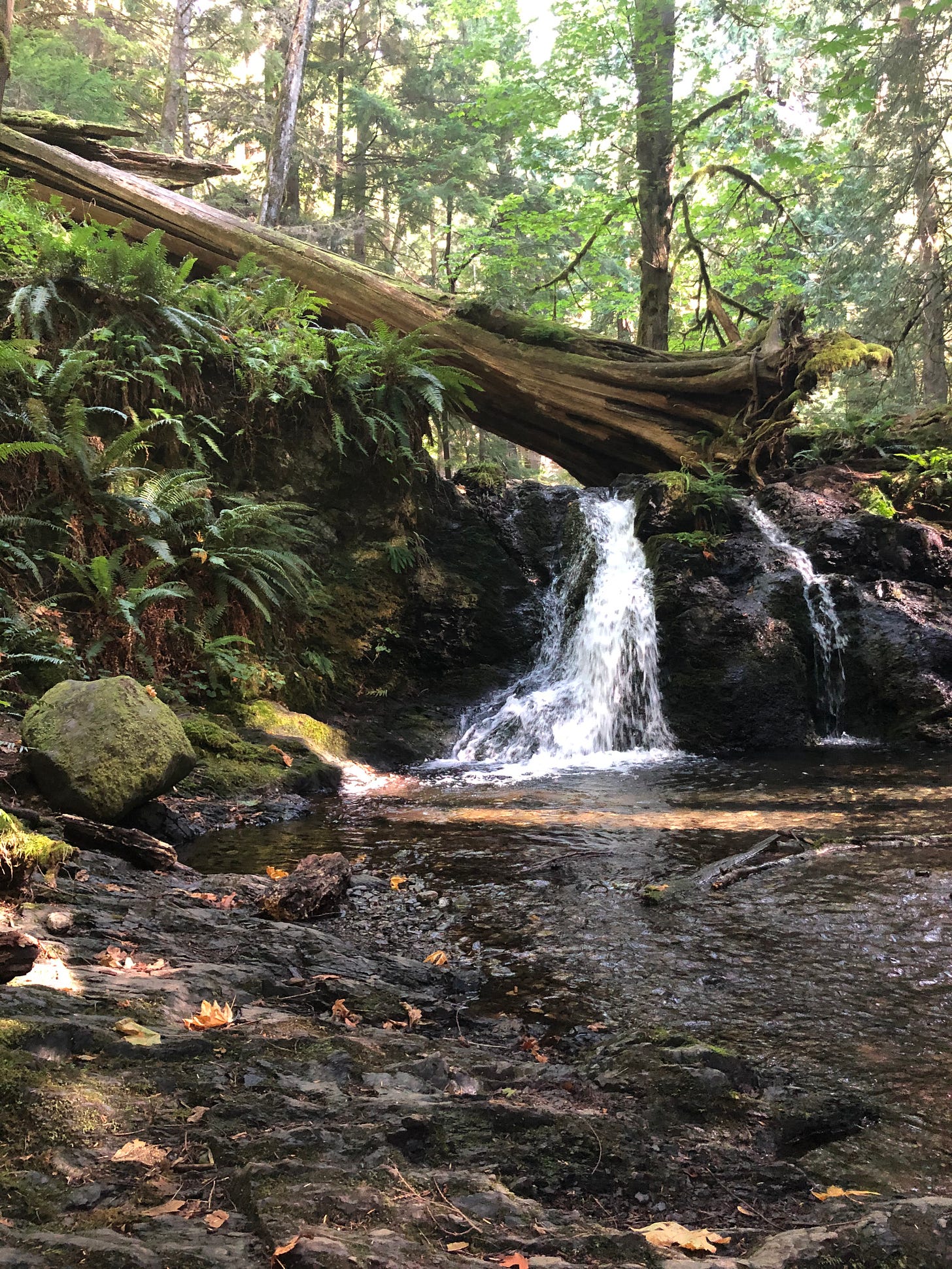
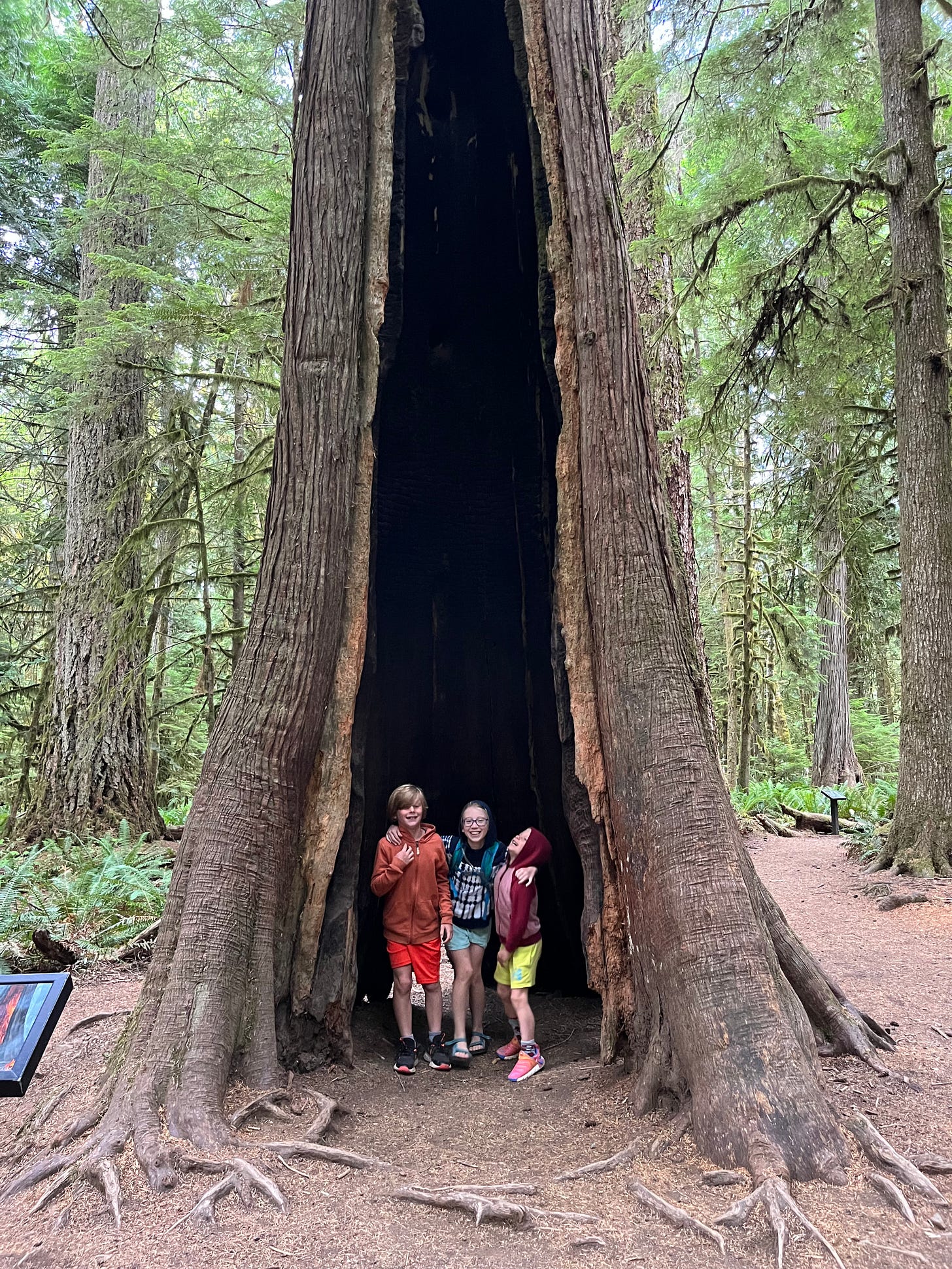
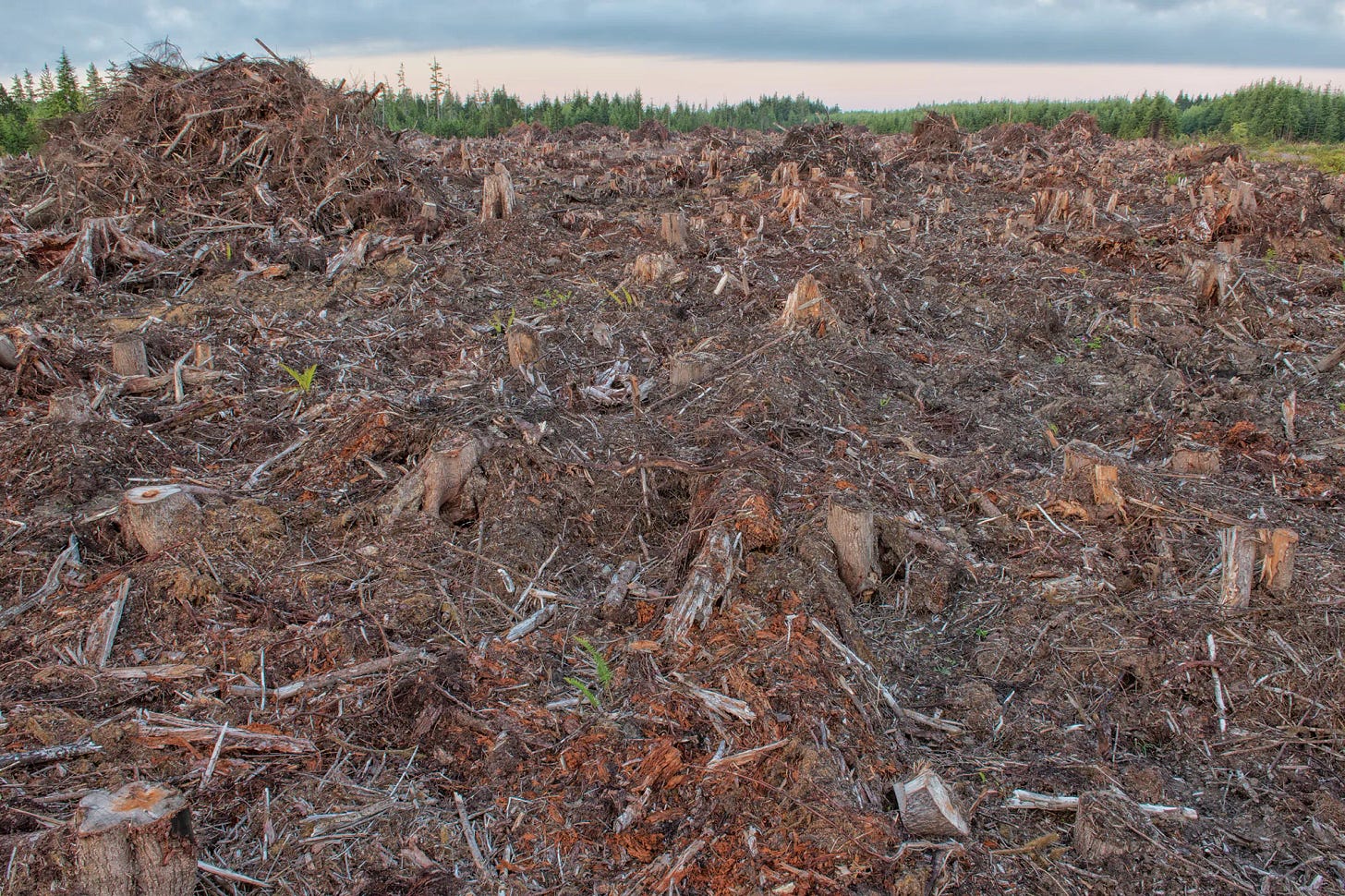
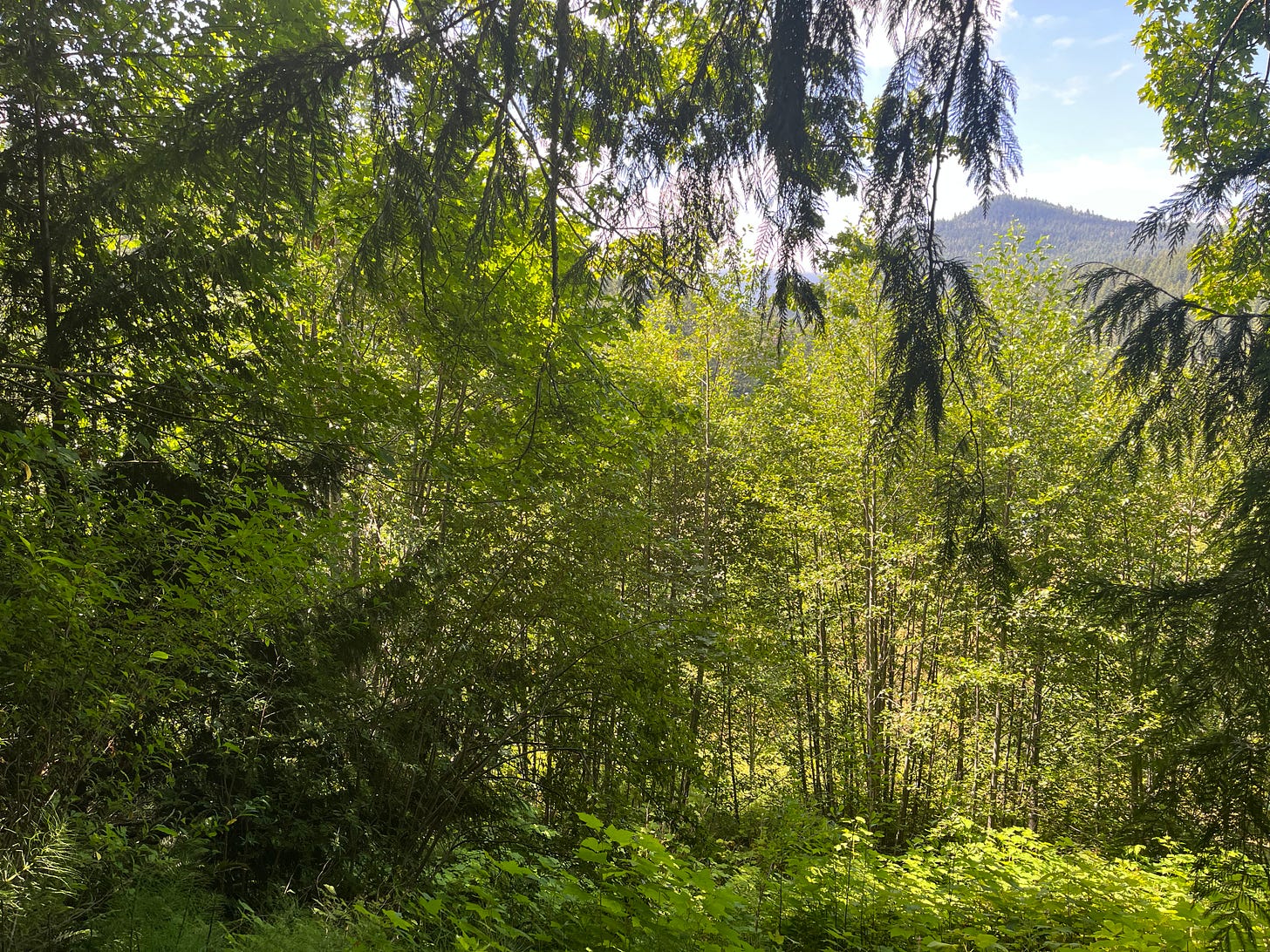
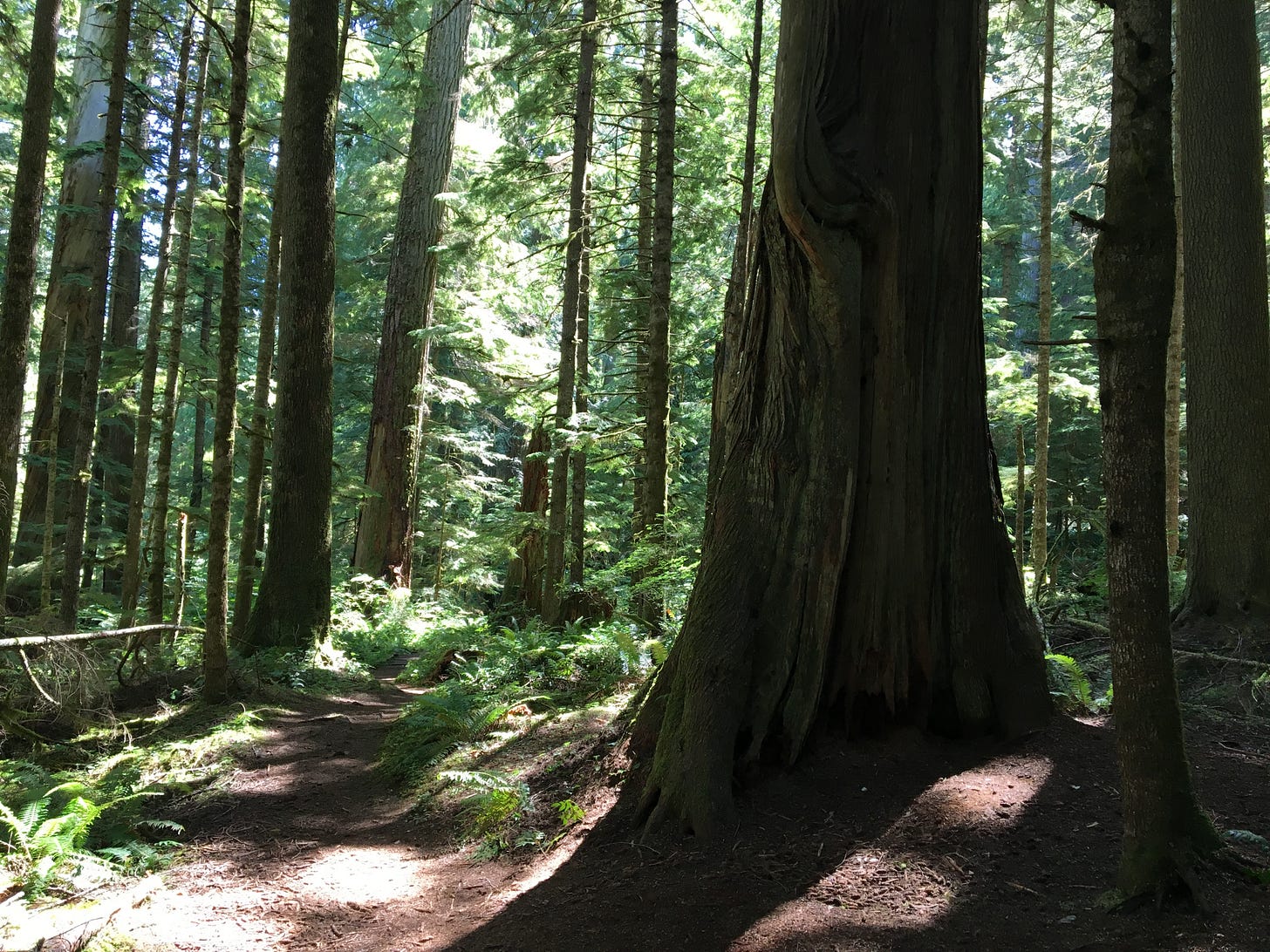
A great article, JR. You've surfaced a lot of regional efforts I didn't realize were happening, and it's also leaving a pit in my stomach. Thanks for this, and the final prompt/challenge around what effective management might look like with a looser grip.